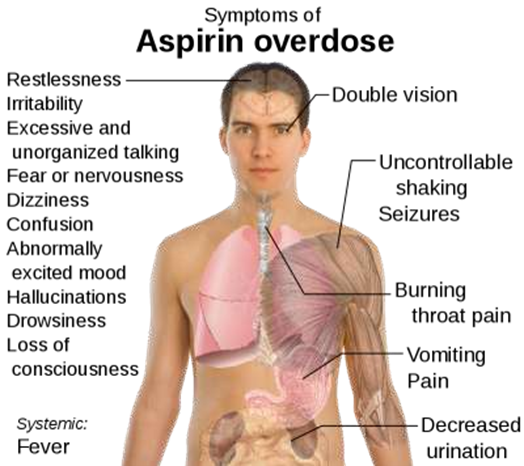A nurse is caring for a 3-month-old infant who has a cleft of the soft palate.
Which of the following actions should the nurse take?
Discontinue feeding if the infant's eyes become watery.
Postpone burping the infant until after completing each feeding.
Elevate the infant's head to a 10° angle during feedings.
Feed the infant 177.4 mL (6 oz) of formula three times each day.
Feed the infant 177.4 mL (6 oz) of formula three times each day.
The Correct Answer is C
The correct answer is choice C. Elevate the infant’s head to a 10° angle during feedings.
This position can help prevent milk from coming out of the infant’s nose and reduce the risk of choking.
Choice A is wrong because watery eyes are not an indication to discontinue feeding.
Choice B is wrong because babies with cleft palate should be burped more frequently, but not so often as to interrupt good feeding behaviors.
Choice D is wrong because the amount of formula an infant needs varies and should be determined by a pediatrician.
Nursing Test Bank
Naxlex Comprehensive Predictor Exams
Related Questions
Correct Answer is D
Explanation
Wearing a wide-brimmed hat can help protect a child’s face, neck and ears from the harmful effects of the sun.

Choice A is wrong because while staying under a beach umbrella can provide some protection from the sun, it is not enough on its own.
Choice B is wrong because loose-weave clothing may not provide enough protection from the sun’s rays.
Choice C is wrong because a sunscreen with an SPF of at least 30 is recommended for adequate protection.
Correct Answer is A
Explanation

When a child ingests a toxic dose of acetylsalicylic acid, it can lead to salicylate toxicity, which can cause hyperpyrexia (high fever), among other symptoms such as vomiting, tinnitus, confusion, and dehydration. Hyperpyrexia is a serious complication that can lead to neurological damage and is a medical emergency that requires prompt intervention.
The nurse should monitor the child's temperature and administer antipyretic medications as necessary to reduce the fever.
Choice B is wrong because Polyuria, is not a common symptom of acute acetylsalicylic acid poisoning.
Salicylate toxicity can cause dehydration due to vomiting, which can lead to decreased urine output.
Choice C is wrong because Neck vein distention, is not typically associated with acetylsalicylic acid poisoning.
Neck vein distention is commonly seen in patients with heart failure, tension pneumothorax, or cardiac tamponade.
Choice D is wrong because Jaundice, is not a common symptom of acetylsalicylic acid poisoning. Jaundice is usually seen in liver diseases or hemolytic anemias.
Whether you are a student looking to ace your exams or a practicing nurse seeking to enhance your expertise , our nursing education contents will empower you with the confidence and competence to make a difference in the lives of patients and become a respected leader in the healthcare field.
Visit Naxlex, invest in your future and unlock endless possibilities with our unparalleled nursing education contents today
Report Wrong Answer on the Current Question
Do you disagree with the answer? If yes, what is your expected answer? Explain.
Kindly be descriptive with the issue you are facing.
